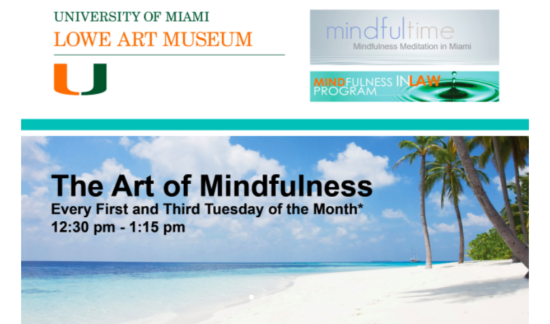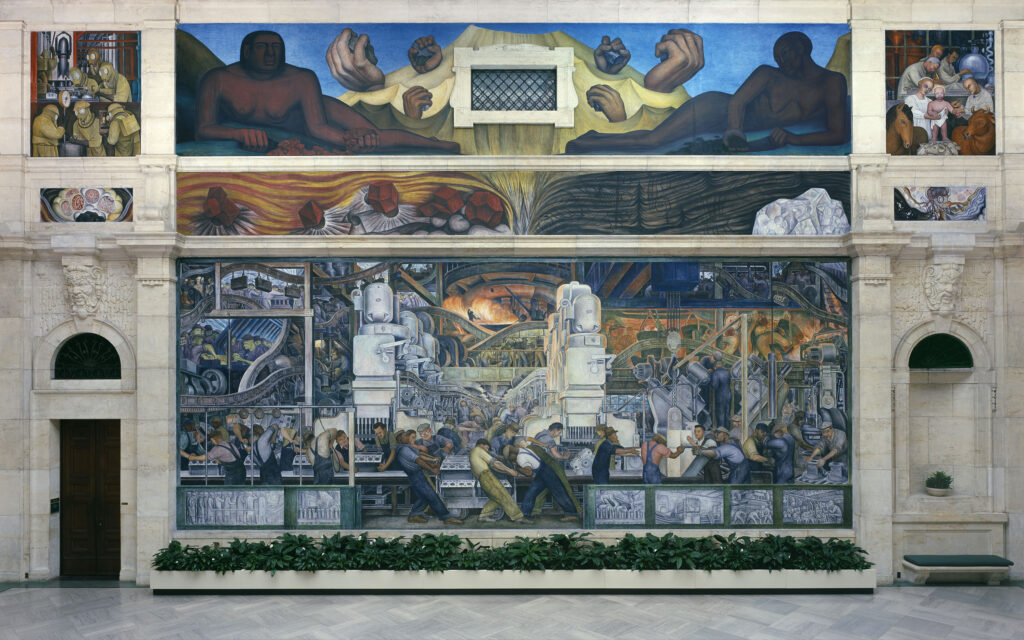This three-part series by returning author Wided Khadraoui tackles how the coronavirus pandemic has presented an unparalleled opportunity for museum leaders to implement decisive and necessary change to the arts sector through the use of digital engagement, and considers how the digital sphere can better serve broader audiences every day, rather than just during a crisis. To read Part 1 in this series, click here.
When in crisis mode, leaders are expected to make swift decisions based on rapidly evolving information, and most fall into already existing patterns of bias and exclusion as a result. Much communication focuses on online programming, social media initiatives, and virtual experience launches whose only goal is to get as much content as possible in front of the public. Museums have harnessed new hashtags— #MuseumFromHome, #MuseumMomentofZen, and #MuseumOnline, for example— over the past couple of months in an effort to actively engage the public during the lockdown. #MuseumMomentofZen is a newer digital initiative that focuses on ideas of community connection and mindfulness. Through this outreach campaign, museums such as the Rockwell Museum, The Metropolitan Museum of Art, and Chicago History Museums share images from their collection as an attempt to offer their audience a space of respite. The Lowe Mindfulness Program takes it a step further by offering weekly mindfulness sessions online via Zoom. The 30-minute deep dive sessions of a single artwork are followed by a Q&A – showing how institutions are adapting to a virtual only existence, engaging with their audience by live-streaming content as an alternative to traditional on-site engagement.

Since most major museums have only tentatively begun reopening in August and September 2020, the future of the industry is hazy. The measures to cut costs means stakeholders have the difficult task of engaging with an anxious public using limited resources, but also a stressed and thinned workforce. Laura Lott, president and CEO of the American Alliance of Museums, has estimated that up to a third of museums may close permanently in the coming year.[i] It’s a dire time for the industry, but the decisions about who stays and who goes during the economic downturn are indicative of larger institutional priorities.
Unprepared as they were for fiscal hardship, institutions have been quick to sacrifice interdisciplinary education, community programs, and departments that historically championed inclusivity and equity measures. Indebted Cultural Workers, a group formed by NYU graduate students and cultural workers, released an open letter in April 2020 accusing leaders of cultural institutions in the USA of responding to the COVID-19 crisis by making choices that “serve their own interests, rather than the interests of our communities… using force majeure clauses to protect their institutions at the expense of staff”, deciding who is ‘essential’.[ii] For some institutions, near-term survival has been the only agenda item. Others are trying to work through the uncertainty with multi-tier plans, thinking about how to position themselves once the crisis has passed and things return to normal. “You don’t want to ‘rescue’ inclusion and equity in the future,” said Angie Judge, Chief Executive Officer at Dexibit, a firm that provides museums big data analytics to increase revenue and support the mission of the institution. “It should be something to keep front of line when making hard strategic decisions, and unfortunately, it’s easy to make that value a secondary thing when you’re focusing on just surviving.”[iii]
Andrea Montiel de Shuman, who resigned from the DIA in June 2020, said in her open resignation letter that despite staff recommending visitor-centered solutions to leadership, the institution repeatedly failed to prioritizing accessibility of digital projects to communities with different degrees of internet access or physical ability. Montiel de Shuman states in her letter that it is “not just the pandemic, the situation only exacerbated larger, systemic issues.” The lack of a comprehensive accessibility approach, in addition to the absence of genuine commitment to community-centered practices, beyond posting hollow statements about racial injustices and the rising number of furloughed staff due to the pandemic has really put a strain on the sector.
Broader digital engagement is a sector-wide shift, but it is not a one-size-fits-all option you can throw at any problem. “The question we’re dealing with now is how do we make this digital shift move from reacting to responding. We need to stop and slow down and think about who we want to serve, and why,” said Dr. Mark Osterman, the Digital Experience Manager at Lowe Art Museum at the University of Miami.[iv] Ideally, digital solutions are tailored to the needs of specific communities, with thoughtful co-creation and co-design. “We are given the opportunity to be creative and to explore more meaningful and intimate experiences with our community. We’ve always been deeply vested and interested in the idea of diversity, most right now in voices. We are interested in encompassing more narratives, and it’s part of our overall mission,” aid Osterman.[v]
Historically in cultural institutions, technology has been employed primarily for marketing, but now the awareness, and focus, has changed, with the realization that digital capability is crucial to deliver on an institutions’ mission. The pandemic has provided new opportunities for digital and education departments around inclusivity, with one direct positive outcome being creative collaboration. “One unprecedented step we’ve taken is having different departments including curation, marketing, education, digital collections, working [together] towards a comprehensive strategy around digital that takes into account a cohesive range of demands,” said Montiel de Shuman.[vi] But at this moment, many institutions are still focusing more on surviving than necessarily thriving. In an interview with David Nuñez, author and Director of Technology and Digital Strategy at the MIT Museum, he said:
The field is being overly reactive, more benefiting museums’ incessant desire to remain relevant, rather than listening to our audiences. I am not sure if our audience wants to hear from museums at the moment. We should really be focusing on the reality of the audience, we should be hearing them and asking what they want from us right now, if anything.[vii]
Institutions need a strategic decision-making process, looking specifically at how long the institutions can stay closed financially and secondly thinking about how to craft new digital journeys of visitors as a permanent fixture in future planning so that institutions have the knowledge to plan appropriately.
To continue reading, go to Part 3 of this series.
[i] American Alliance of Museums. “American Alliance of Museums Urges US Congress to Include $4 Billion for Nonprofit Museums in COVID-19 Economic Relief Legislation.” American Alliance of Museums, March 19, 2020. https://www.aam-us.org/2020/03/19/american-alliance-of-museums-urges-us-congress-to-include-4-billion-for-nonprofit-museums-in-covid-19-economic-relief-legislation/.
[ii] Indebted Cultural Workers, April 30, 2020. https://docs.google.com/document/d/1AYMV2VANegzpxdXGIlwjafwaG0ZcmUZcM26EZ1Tlj-I/edit.
[iii] Angie Judge, video interview with author, April 7, 2020.
[iv] Mark Osterman, video interview with author, April 6, 2020.
[v] Mark Osterman, video interview with author, April 6, 2020
[vi] Andrea Montiel de Shuman, video interview with author, April 21, 2020.
[vii] David Nuñez, video interview with author, April 6, 2020.


[…] continue reading, go to Part 2 of this […]